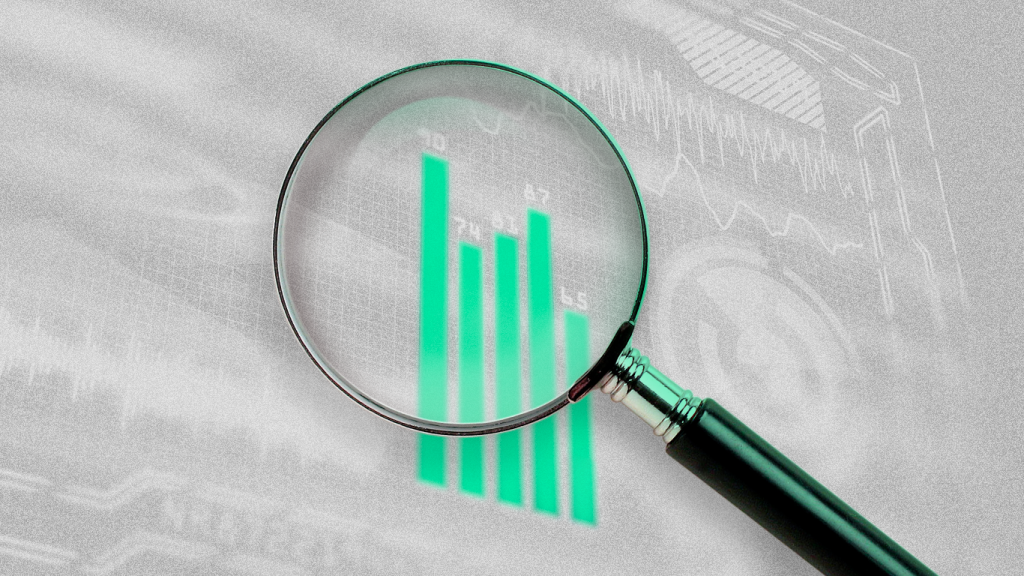What is Data Analytics?
Learn all about Data Analytics and understand how it can be extremely useful for companies. See here!
Nowadays, it’s not enough to just visualize and collect data if you don’t know how to measure it. After all, everything that is measurable can be optimized. That’s why the Data Analytics culture exists, ideal to guide leaders and their companies through a personalized journey, ensuring more assertive decision-making.
In addition, internally, managers need to understand data science in a basic and practical way. Only by becoming familiar with this subject will they be able to work effectively with their teams.
In this text, we will explain what Data Analytics really is and how this science can help your organization grow and ensure the best results for customers and partners.
Happy reading!
What is Data Analytics?
Data Analytics is the process that examines data sets, with the aim of exploring and drawing conclusions about information contained there, finding patterns, opportunities to optimize internal processes.
In a nutshell, Data Analytics seeks to work with concrete information about something, exploring, transforming, analyzing and finding relevant data for the business, supporting decision-making.
Quite popular, Data Analytics makes it more practical to adopt diversified strategies, which aim to help brands know the audiences better, increase the number of sales, reduce consumer dissatisfaction rates, etc.
How to do Data Analytics?
Much more than examining spreadsheets and texts and creating infographics, the Data Analytics process allows the preparation of data sets, and must follow a few steps to complete the journey successfully:
- Collection
It’s the foundation of everything. One must collect data in a variety of ways, whether through Web Scraping, database queries, or diving into Big Data (a large data set used to solve business problems).
- Processing
This step is critical to filtering the data and ensuring that all of it proceeding in the process is of quality.
- Analysis
It is done with the aid of software, making it possible to separate a set of data and dissect them, until it reaches conclusions.
- Interpretation
Here, the more human side comes into play. The analyst must review the data through predefined processes to reach a conclusion. This final step helps simplify patterns and behaviors by describing them in easy-to-understand reports and charts.
What are the types of Data Analytics?
There are 4 types of Data Analytics available in the market:
Predictive: focused on dealing with probabilities, it is ideal for predicting events, based on techniques of predictive modeling, regression analysis, forecasting, multivariate statistics, pattern matching and machine learning. Its main objective is to anticipate the effects of decision-making, understanding the market situation to ensure good results. It helps answer questions such as: If I make this decision, what is likely to happen?
Example: in the 2014 World Cup, the government used this analysis in order to measure the movement in the streets and social networks, predicting the demonstrations with greater adherence or that would be violent.
Prescriptive: seeks to calculate the best way to achieve or influence the result, directing the action to the ideal path to be followed. Through the use of graph analysis techniques, simulation, event processing, and recommendation engines, this option answers questions such as: What should we do? What can we do to make a certain outcome happen?
For example, in the healthcare sector, you can identify disease patterns to groups of patients and see how they will impact each group. Thus, the most effective alternative is chosen.
NOTE: By combining predictive and prescriptive options, companies can solve business problems, guiding leaders to make smarter decisions.
Descriptive: unlike the two previous analyses, which focus on statistics and possibilities, this option aims to understand what is happening in the current moment of the company (present). With the use of Business Intelligence tools, it visualizes data and dashboards, ensuring the right answers to questions without logical reason, (what has happened or is happening). An example: it answers about the amount of expenses, suppliers, work pace and billing.
Diagnostic: focuses on the understanding of some situation, bringing to light the reasons for this scenario to have happened that way. Unlike the descriptive, which is concerned with answering what is happening, the diagnostic requires detailed and data-mining skills to answer the questions of why reason X happened. For example: use diagnoses that identify behaviors of professionals who follow a correct path to achieve goals.
Example: A pharmacy needs to sell a certain drug in stock. With diagnostic analysis, you can profile the consumer who will buy that product, creating campaigns focused on it, increasing ROI.
Advantages of Data Analytics for companies
This feature guarantees several advantages to organizations, as it allows to have a better understanding of the needs of each client, ensuring personalized strategies – which will bring optimization in the results of the business – and evolution in performance and recognition in the market.
In addition, brands guarantee other benefits, such as:
- Improvement in processes;
- Get ahead of the competition;
- Understanding of market trends and consumer behavior;
- Development of more efficient strategies;
- Insights that help improve conversion rate;
- Higher turnover.
Find new paths to success with Smarthis
We are experts in customized solutions for all types of business, including yours! Together, we will identify the appropriate tasks and processes to be optimized in your company’s daily operations.


